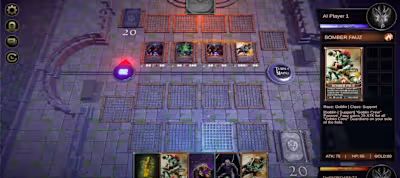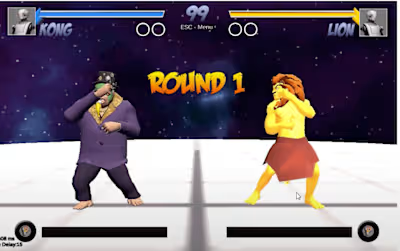Ford Project: Interactive Ball Game
Project Overview: I had the privilege of working on a specialized project for Ford, where we developed an engaging and interactive game. The primary focus of the game was to utilize image detection within Unity to track a ball's movement. The user's objective was to perform kickups with the ball, and the system awarded points based on the number of successful kickups.
Game Mechanics: The gameplay was designed to last for a duration of one minute. During this time, the image detection system in Unity continuously monitored and analyzed the ball's movements. For each successful kickup detected, the user earned points, creating a dynamic and skill-based gaming experience.
Real-Time Video Editing: Following the one-minute gameplay, the system seamlessly transitioned to real-time video editing. The video input, aptly named "input," captured the user's interactions with the ball during the game. In real-time, we processed this input, applying edits, and generated an "output" video.
Database Integration: The edited "output" video was then securely stored in our database, creating a personalized record of the user's gaming session. This integration with the database allowed for efficient data management and retrieval, providing a comprehensive overview of user engagement with the game over time.
User Communication: To enhance user engagement, the system went beyond just recording gameplay. It triggered a proactive communication strategy by sending personalized notifications to users. Upon completion of the game, an automated system generated emails and SMS messages, delivering game-related updates and achievements directly to the user.
Technology Stack: The technological backbone of this project included Unity for image detection and gameplay, real-time video editing modules, and a robust database system for secure data storage. The integration of various technologies ensured a seamless and immersive user experience.
Result: This innovative project not only showcased the capabilities of image detection and real-time video editing but also demonstrated the potential for creating interactive and personalized experiences within the automotive industry. The combination of gamification, data storage, and user communication contributed to a successful and engaging collaboration with Ford.
Like this project
Posted Dec 6, 2023
I had the privilege of working on a specialized project for Ford, where we developed an engaging and interactive game. The primary focus of the game was to util
Likes
0
Views
2




